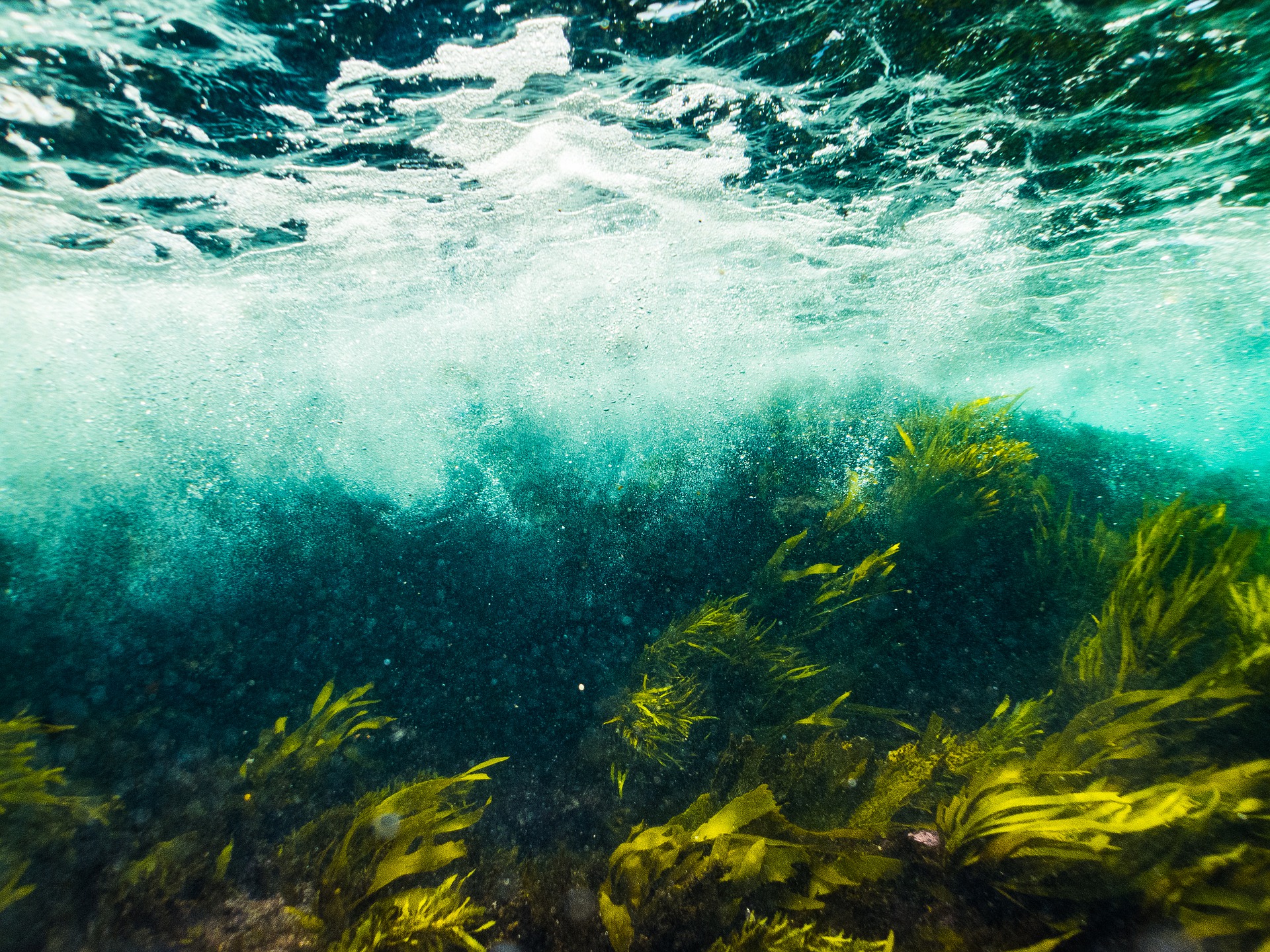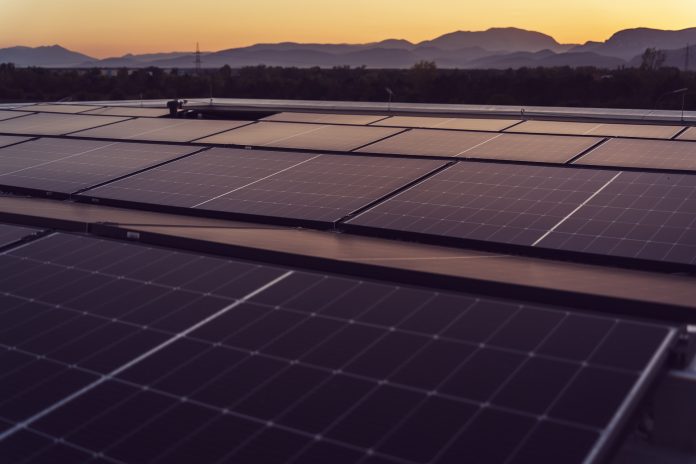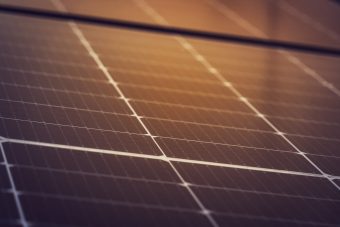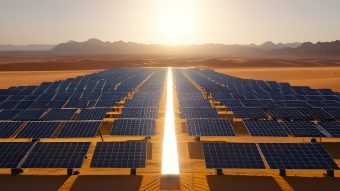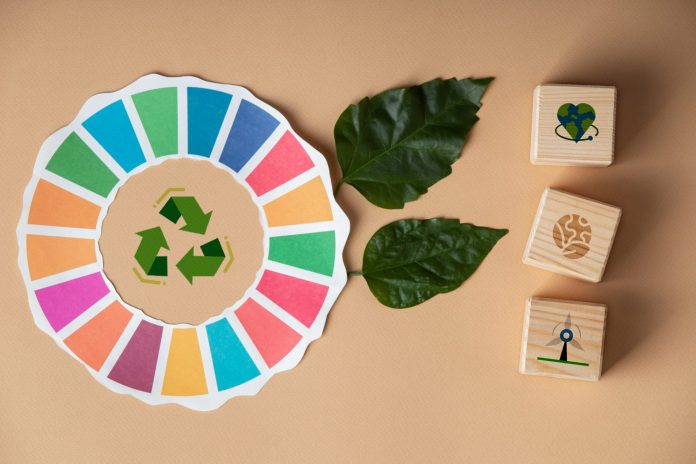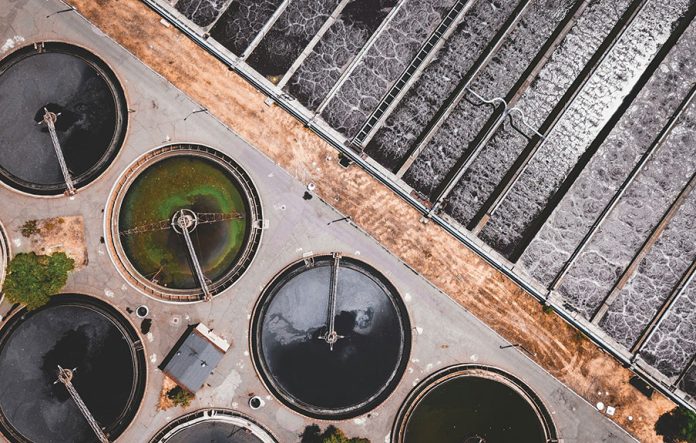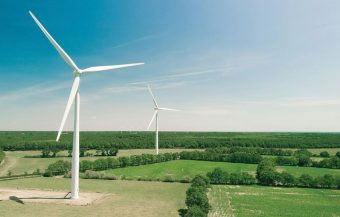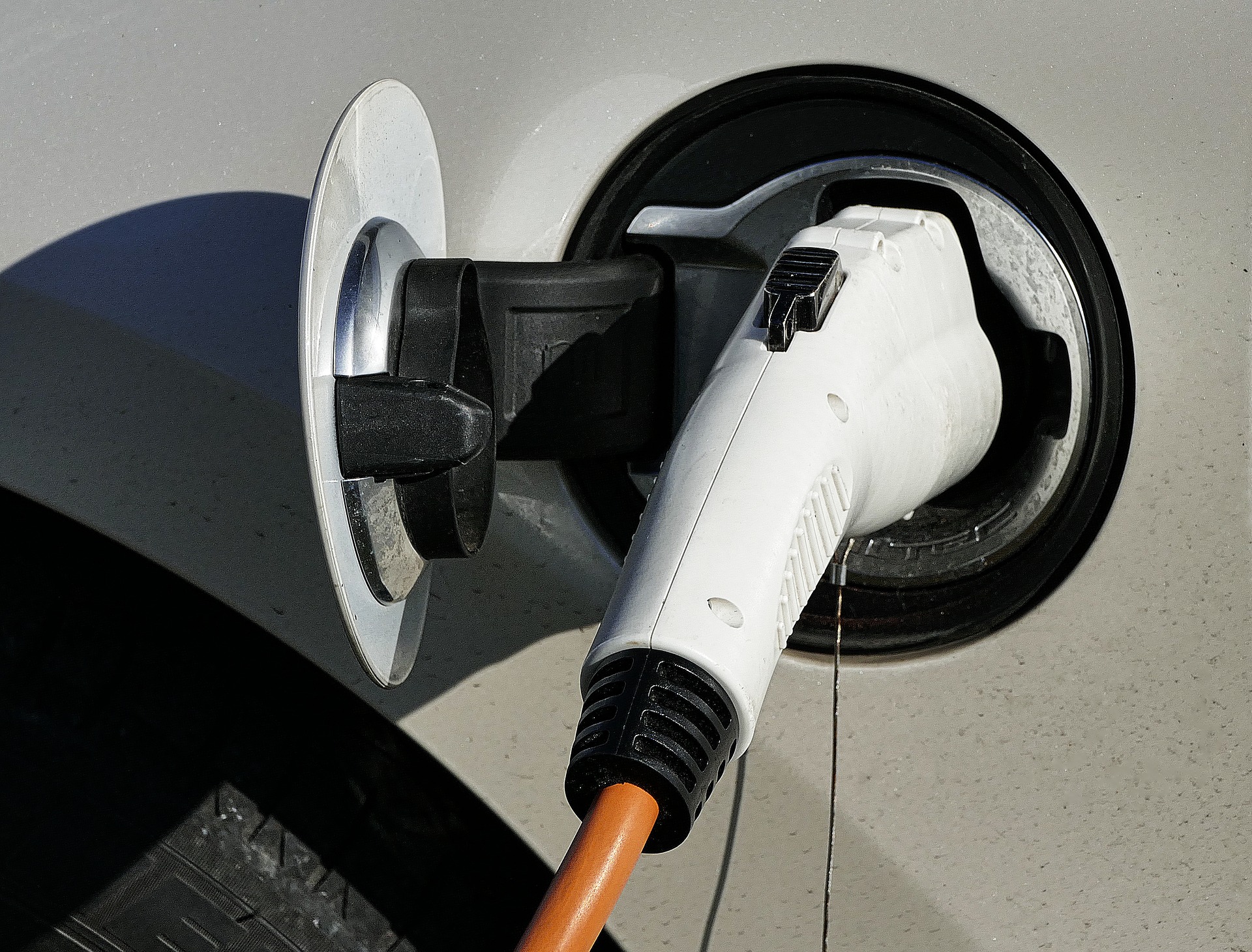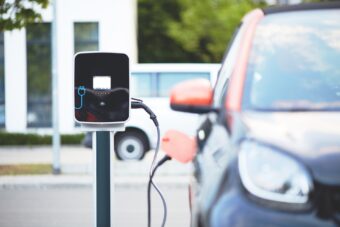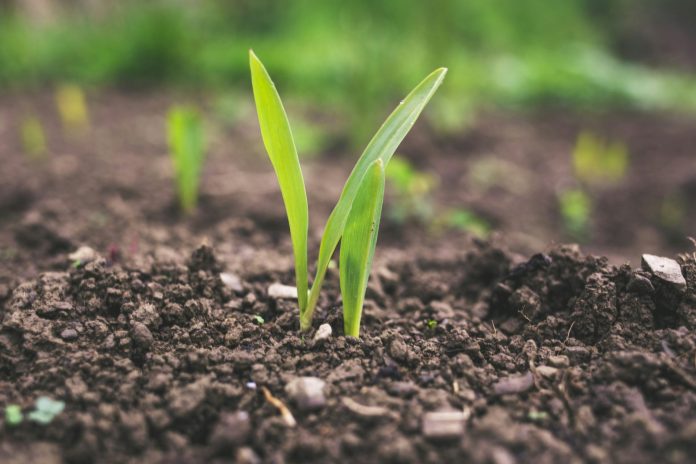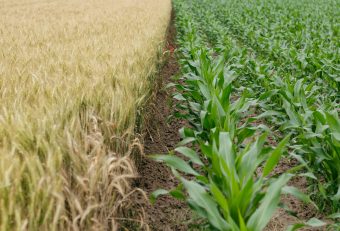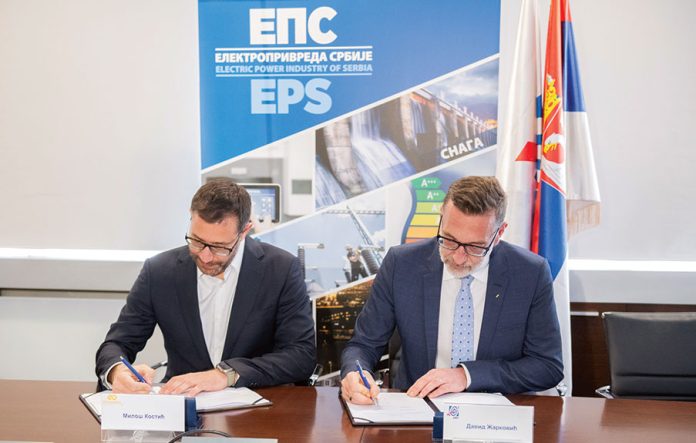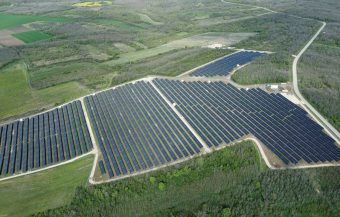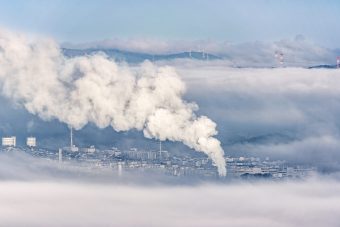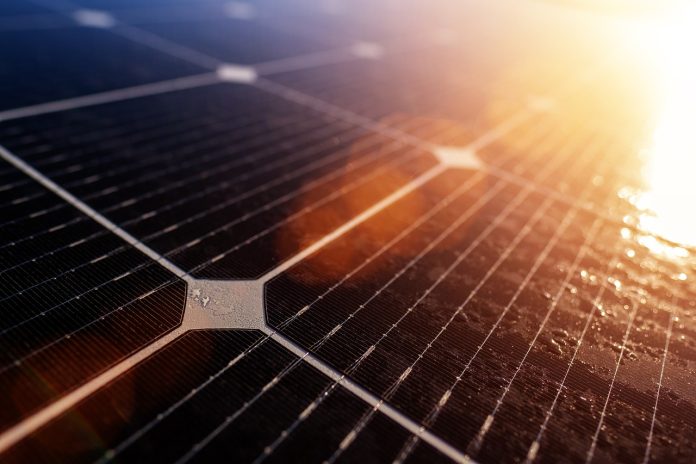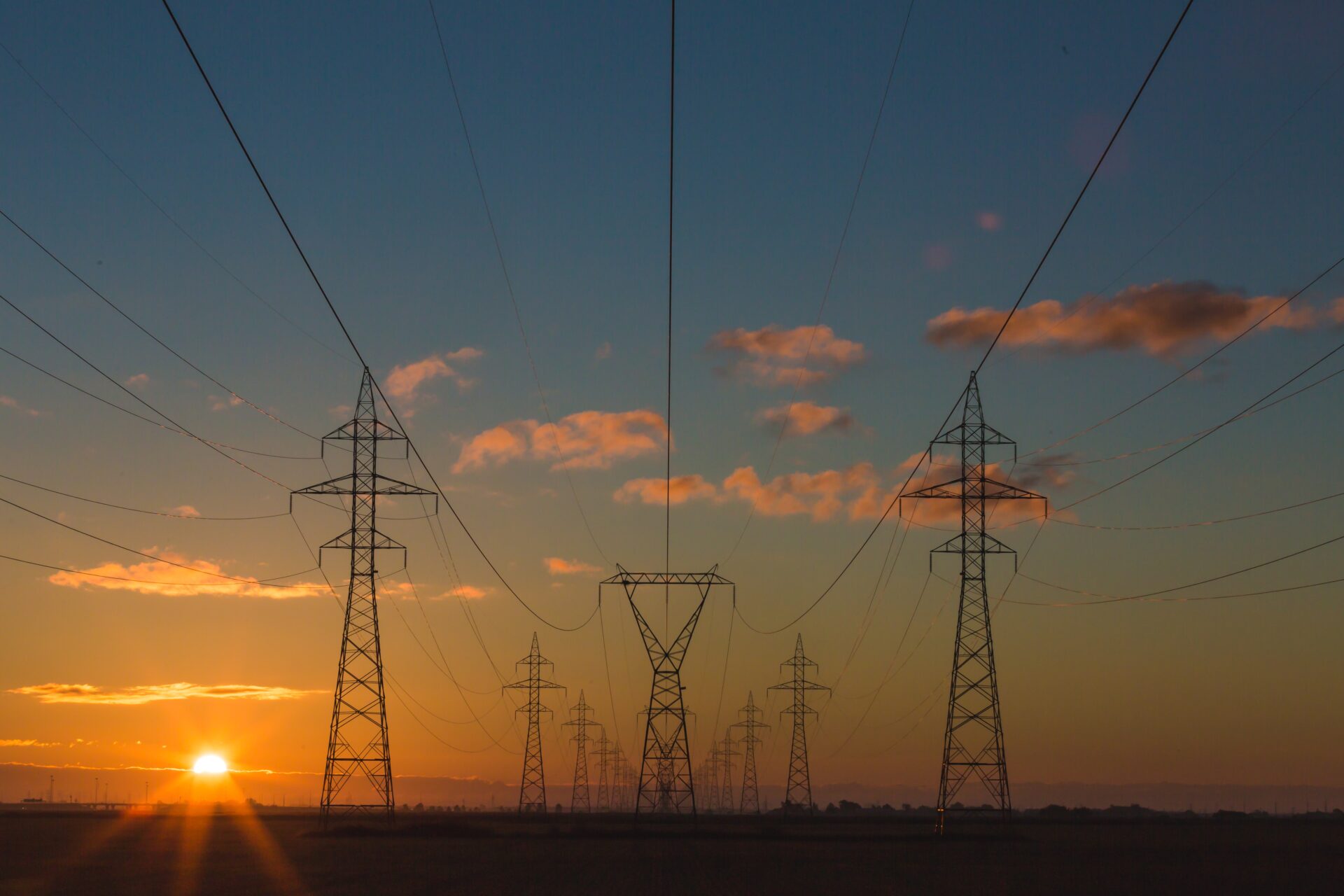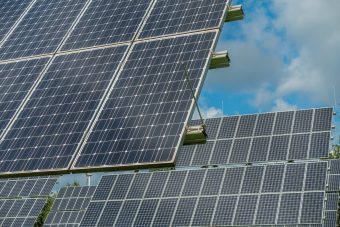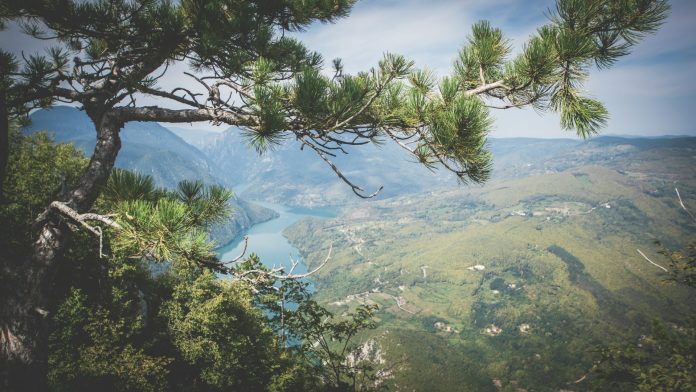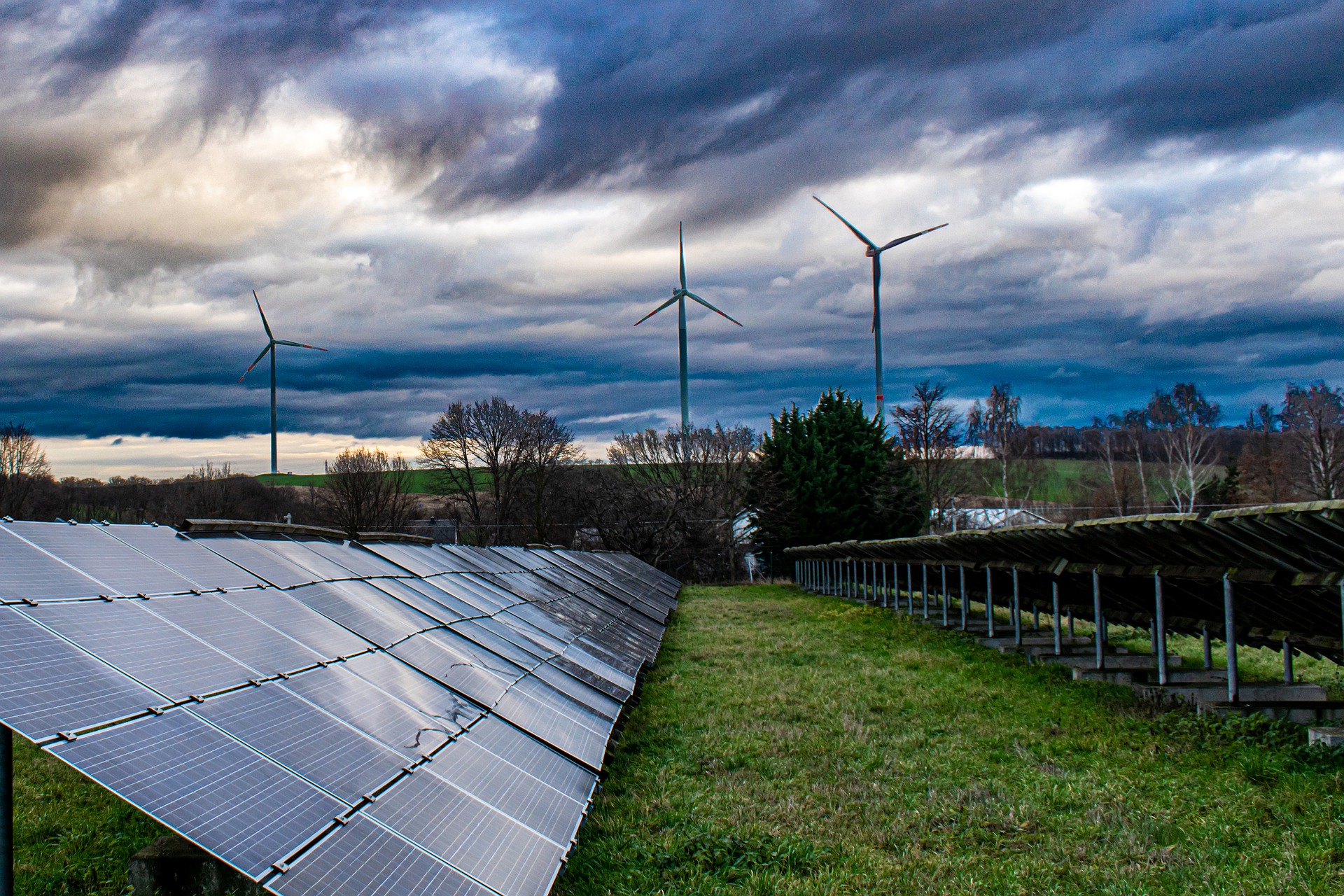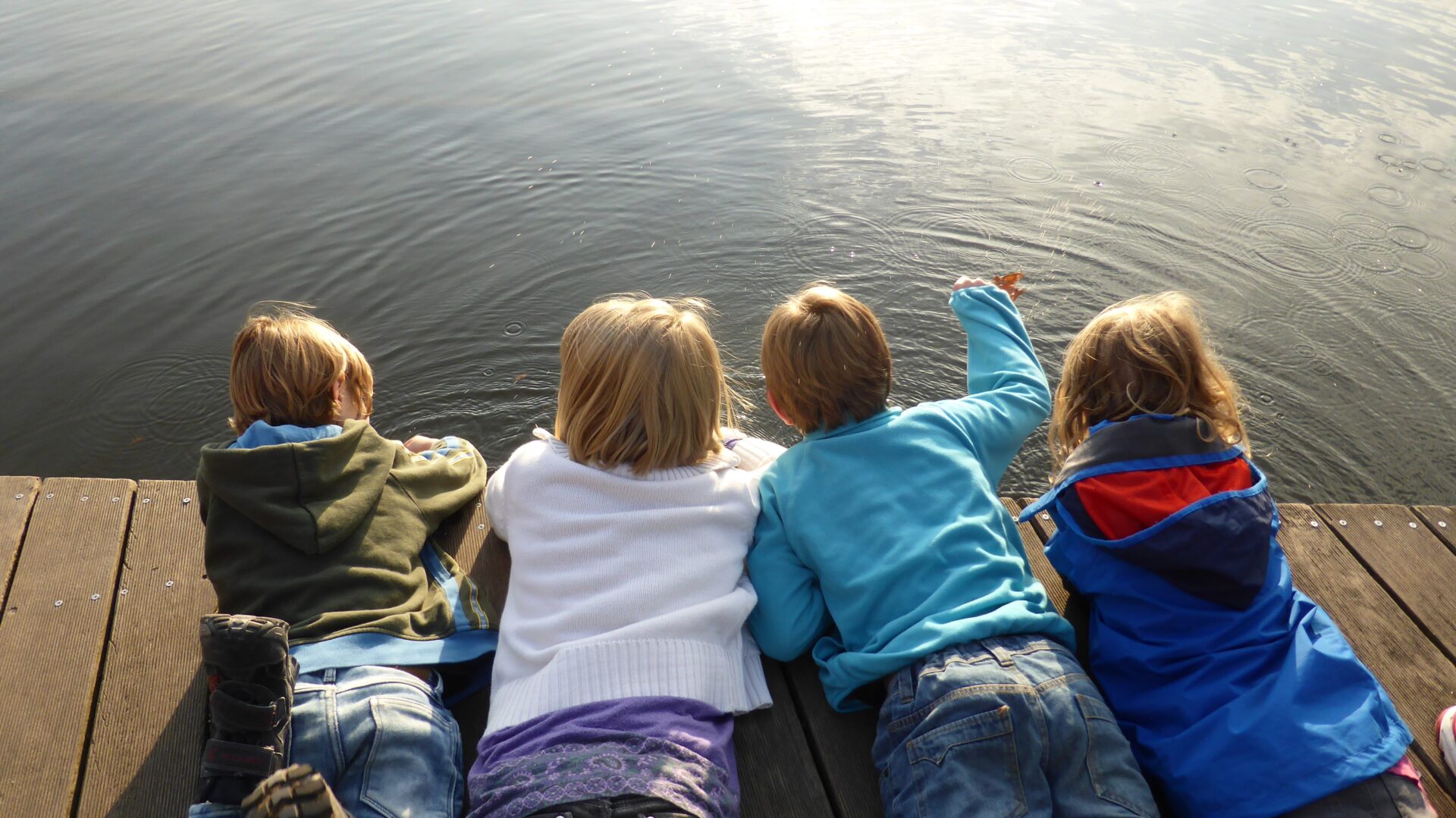
The idea that algae can be used for the production of green energy is not new, and numerous universities have presented their concepts of facilities that generate electricity using these organisms.
Among them are researchers from Concordia University in Canada, who recently published their work in the scientific journal Energies. In this study, scientists describe how they managed to produce electricity from the photosynthesis process of algae, since photosynthesis produces oxygen and electrons.
The scientists’ idea is to “capture” electrons and thereby generate electrical energy. For this purpose, they created small energy cells in which they placed algae dissolved in a specialized suspension.
Properly configured, these cells can generate enough energy to power low and ultra-low-power devices such as IoT sensors.
However, although the amount of electricity obtained from algae is currently small, this method gives hope that soon we could have large-scale generators producing significant amounts of electrical energy from algae.
In addition to being widely available and practically free, this method of obtaining electricity offers another advantage over other renewable energy sources because it absorbs carbon dioxide.
“This technology is more than zero-carbon technology – it is a negative-emission technology because it absorbs carbon dioxide from the atmosphere and produces electricity. Its only by-product is water,” says one of the study’s authors, Dr. Kirankumar Kuruvinashetti.
More:
- RAPID ROLLOUT OF CLEAN TECHNOLOGIES MAKES ENERGY CHEAPER, NOT MORE COSTLY
- FRENCH MUNICIPALITY PLANS TO BUILD A SOLAR POWER PLANT IN A CEMETERY
- CAN HEAVY INDUSTRY RELY ON SOLAR ENERGY?
They Produce Electricity Even at Night
Despite their lower intensity, algae can generate electricity even without direct sunlight, explains co-author Dilipan Panersalvem.
“Just like humans, algae breathe continuously – they take in carbon dioxide and release oxygen. Because of their ability to photosynthesize, they also release electrons during respiration. The production of electrical energy does not stop; electrons are continuously collected,” says Panersalvem.
He believes that with enough research and development, including AI-assisted integration technologies, this technology has the potential to be a sustainable, affordable, and clean energy source in the future.


